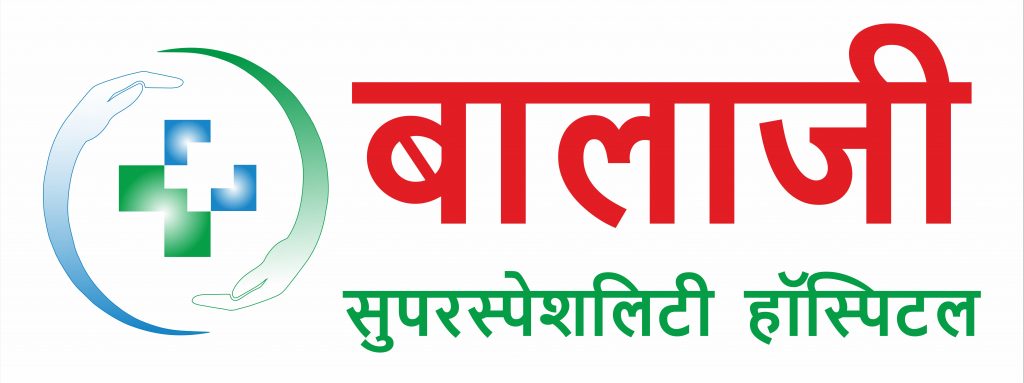Understanding the Stages of Migraine: A Comprehensive Guide
Migraines are more than just headaches; they are complex neurological events that can affect many parts of your life. Understanding the stages of a migraine can help in managing symptoms and seeking effective treatments.
Migraine is a neurological condition that is characterized by recurrent headaches. It typically progresses through four stages: prodrome, aura, headache, and postdrome.
The Four Stages of Migraine:
1. Prodrome (Pre-headache stage)
The prodrome phase can serve as a warning sign that a migraine is about to occur. It can start hours or even days before the headache itself. This is the early stage of a migraine attack and can occur hours or days before the actual headache. Symptoms during this stage may include mood changes, food cravings, increased thirst, and frequent yawning. Some people also experience neck stiffness or heightened sensitivity to light or sound.
- Symptoms include:
- Mood changes: You might feel unusually depressed, irritable, or euphoric.
- Food cravings: A sudden craving for certain foods, often sweets, can occur.
- Neck stiffness: A feeling of tension or discomfort in the neck area.
- Increased thirst and urination: You might find yourself drinking and urinating more than usual.
- Frequent yawning: Uncontrollable yawning is a surprisingly common sign.
2. Aura
Not everyone experiences the aura phase, but for those who do, it can be quite disconcerting. About one in four migraine sufferers experience an aura, which is a transient neurological disturbance. Auras often involve visual disturbances such as seeing flashing lights or zigzag lines, but can also affect other senses and motor functions. They usually last around 20 minutes to an hour and occur before or alongside the headache.
- Occurrence: Occurs in about 25% of migraine cases.
- Symptoms:
- Visual disturbances: This might include seeing flashes of light, zigzag lines, or even temporary loss of vision (blind spots).
- Sensory changes: Feelings of pins and needles sensations, often starting in one hand and moving towards the arm and then face.
- Speech disturbances: Difficulty in speaking or understanding words.
- Duration: Typically lasts from 20 to 60 minutes.
3. Attack Phase
This is the phase when the actual migraine pain occurs and is often debilitating. This is the most well-known stage of a migraine attack and can last from a few hours to several days. The pain is typically throbbing or pulsating and can be accompanied by
- Symptoms:
- Throbbing or pulsing pain: The pain usually starts on one side of the head but can spread to both sides.
- Sensitivity to light, sounds, and sometimes smells: You might seek a dark and quiet room to alleviate discomfort.
- Nausea and vomiting: These symptoms can add to the distress during an attack.
- Duration: Without treatment, this phase can last anywhere from 4 to 72 hours.
4. Postdrome (Post-headache stage)
Often referred to as a “migraine hangover,” this phase occurs after the headache subsides.
- Symptoms:
- Fatigue: Feeling exhausted or weak even after the headache has passed.
- Confusion: Difficulty in concentrating or thinking clearly.
- Moodiness: You might feel unusually depressed or happy.
- Weakness: A general feeling of physical debility.
- Duration: It may last up to a day.
FAQs:
Q: Can migraines be prevented?
A: While there’s no surefire way to prevent migraines, identifying and avoiding triggers, maintaining a healthy lifestyle, and following a preventive medication regimen (if prescribed) can help reduce frequency and severity.
Q: Are migraines just bad headaches?
A: No, migraines are complex neurological conditions. They involve various symptoms and stages and are more than just headaches.
Q: When should I see a doctor for migraines?
A: If you experience migraines frequently, if they are severe, or if they interfere with your daily life, it’s important to consult a healthcare provider.
Q: Can children get migraines?
A: Yes, children can experience migraines. Their symptoms might differ slightly from adults, and it’s important to seek pediatric care for proper diagnosis and treatment.
